New Zealand’s megaherbivores

Their ecological roles and impact of their extinction on indigenous vegetation communities
The enormous bones of moa, the giant extinct birds from New Zealand, have long fascinated scientists from across the world. The relatively recent extinction of moa, along with a suite of other herbivorous birds, means New Zealand has one of the most complete fossil records and best studied extinct faunas of anywhere on earth. However, relatively little is known about what these birds ate, or how their extinctions might have affected the structure and composition of the natural forests, shrublands, grasslands and herbfields of New Zealand. Understanding the lost ecological relationships between New Zealand’s extinct birds and the plants that evolved alongside them has important implications for modern conservation.
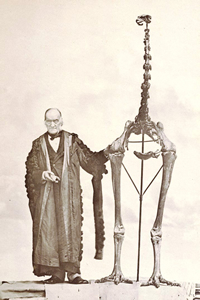 We aim to expand our understanding of these topics through a study comprising three main themes:
We aim to expand our understanding of these topics through a study comprising three main themes:
- The living birds: We will study the diets of New Zealand’s extinct avian herbivores using the direct evidence they left behind; in the form of preserved gizzard content found in swamps and bogs, and preserved droppings (coprolites) found in dry rockshelters and caves. Using a variety of DNA and palaeontological techniques we will aim to identify dietary differences between species, and between different sexes of the same species. We will also look at seasonal diet variation, and identify plant species that may have evolved to rely on extinct birds for dispersing their seeds across the landscape.
- The extinction: By analysing the abundance of dung-fungi spores in sediment cores we will be able to see changing populations of herbivorous birds through time. The extinction of such birds at around 700–650 years ago should be marked by a sharp decline in the abundance of these spores. Such a pattern has been shown for megaherbivore extinctions in a number of overseas studies (e.g. North America, Madagascar). By analysing changes in pollen at the same depth in the sediment core we will begin to see, for the first time, just how vegetation communities may have reacted to the release from grazing and browsing pressure.
- The new regime: In certain sites the abundance of the dung-fungi spores should increase again towards the top of the sediment cores, reflecting the introduction of deer and goats. Pollen profiles from such sites will allow direct comparison of the effects of bird versus mammal herbivory on New Zealand vegetation communities.
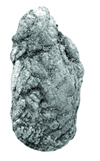 |
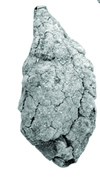 |
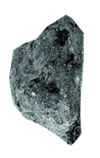 |
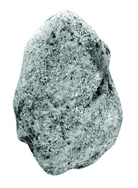 |
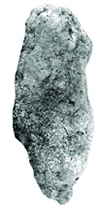 |
| Moa coprolites from Dart River, West Otago. | ||||
